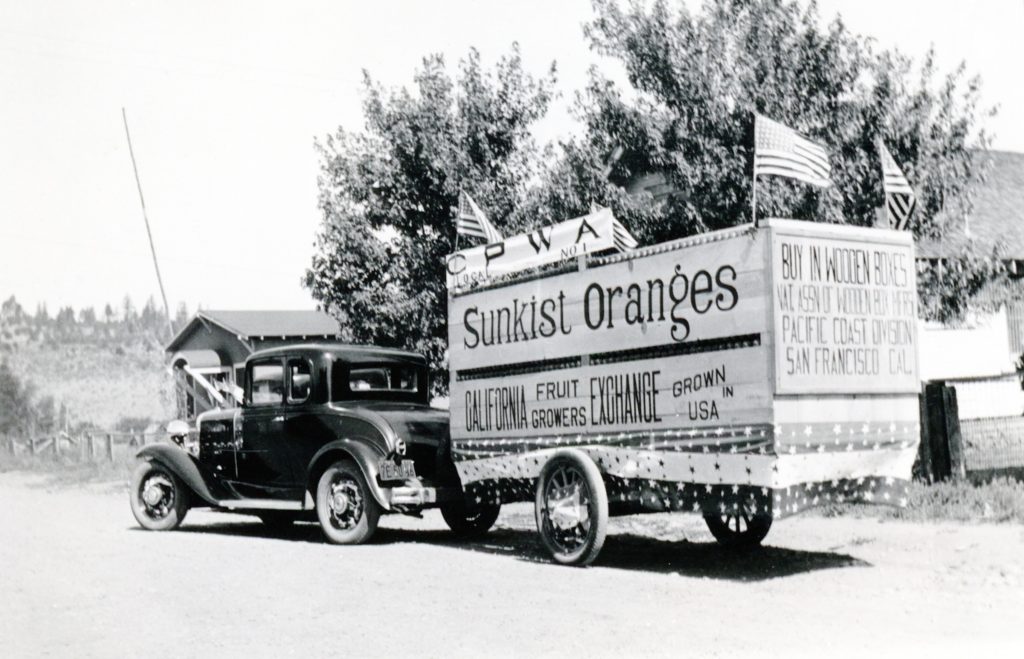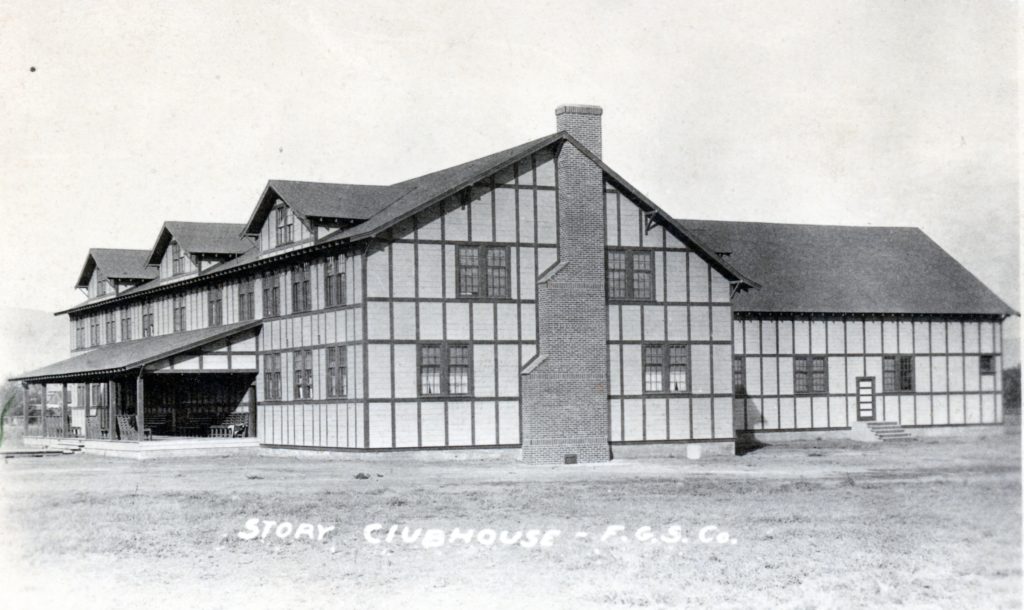
While the California Fruit Growers Exchange over came many challenges there were more hurdles to conquer. Their marketing efforts were effective, there was a problem, as non-citrus grower members benefited at no cost.
Francis Q. Story, a transplanted Boston wool merchant was elected as the Exchange’s president in 1904. Story understood the power of advertising, and it was advertising that transformed citrus from a luxury item into a household staple.

What the Exchange needed to do was how to distinguish its fruit from that of its competitors—competitors who were benefiting from the Exchange’s advertising at no cost to them. A trademark or brand name was the answer.
In July 1907, R.C. Brandon of the Exchange’s Los Angeles advertising agency Lord & Thomas suggested the name SUNKISSED. On August 30th, an Exchange agent in Chicago, taking a bit of poetic license, changed the name to Sunkist. At the Exchange’s April 1908 meeting the board adopted Sunkist as its trademark, mandating that only the highest-grade oranges would bear the Sunkist name.
The next problem was how to mark them. Initially oranges were individually wrapped, the tissue paper for the highest-grade oranges was printed with the Sunkist name. In 1926, a machine was developed to stamp the name directly onto the fruit. Today, its placed there on a sticker.
These very successful advertising campaigns were also very expensive. From 1908 to 1951 the California Fruit Growers Exchange spent $61 million to advertise the Sunkist brand. The cost, however, was worth it. So successful were the campaigns that the name Sunkist became synonymous with citrus. On February 8, 1951 the California Fruit Growers Exchange officially changed its name to Sunkist Growers to reflect the famous trademark.